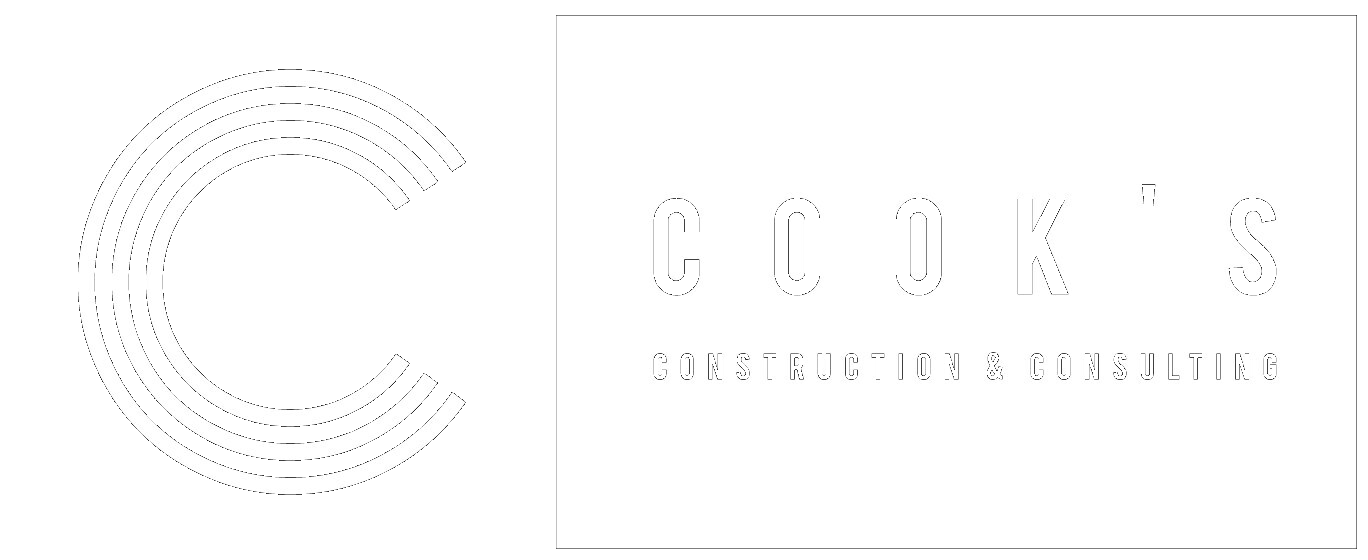More than just squares…
Thanks for clicking on todays blog post, I am going to keep this one short and sweet!
Hopefully this comes off as a post and not just a minor rant…
Many years I have spent engaged in raised access flooring projects and I have heard too many times, “how hard is that, it’s just a bunch of squares.” They - of course referring to the 30 to 40lb - 24” x 24” raised access flooring panel that we are installing. The one we are installing on a perfectly laser-level pedestal, the same pedestal that was mapped out to within a fraction of an inch, on a gridline that we laid out prior using algebraic formula for squareness…….see, I started to rant, allow me to go back.
“How hard is that, are they not just a bunch of squares…??” Whilst it’s true, it is essentially “a bunch of squares on metal stands” there is a lot more that goes into the system than one may initially think. A raised access flooring system is an important part of the project, especially if it combines UFAD and a pre-determined layout for office furniture, penetrations and cable management systems.
Lets start with the layout….Since the raised access flooring system is continuous, and can many times wrap around elevator lobbies, bathrooms etc. it is VERY important that the layout is done correctly first (if any of the Cook’s team are reading this they know we have had our fair share of …”oops”…) The layout will keep you on the straight and narrow, it will indicate EXACTLY where your pedestals need to be placed to ensure that when you wrap around an obstruction and install 50-60 tiles that when you get back around, the system meets up perfectly and you you can simply continue building.
Let’s say you nailed the layout, and you got the 3,4,5 rule down pat and you begin the flooring installation. Now the fun part, if you can imagine a perfect line of raised flooring panels, spanning the length of a floor, sometimes up to 200’ long, imagine you now have to add say….another 50 rows of panels to that line. Now, think about a TINY, almost insignificant “bend” in that line of tiles, extrapolate that over a half a dozen rows, and that “insignificant” bend now resembles a full blown curve and you now are left with a system that basically needs to be taken apart and completely re-built….(if the Cooks team are reading this, yes, I remember that job too….)
Ok, so you got past the layout, you made a wrap, you kept the access floor straight…Were you able to transfer the bench mark for the laser successfully around corners and elevator lobbies? Or did you find the panels started to rock and roll? Most construction works off of something called a “bench mark” a line somewhere on the floor plate that each and every trade adheres to, to ensure the work performed is going to work out at the end, otherwise you could have ceilings and doors that are totally wrong! “Bench mark…” the word says it all!
So you nailed the Benchmark, the wrap, the layout and got your floor installed…excellent, now they turn on the air and the floor leaks like a boat made from paper…what now? Lifting up random floor panels, searching with a flashlight to find the areas that are not sealed, missing, left exposed etc…
The moral of this blog post is simple, no, its not just a “bunch of squares,” its and intricate system of designed perfection that works to within a fraction of an inch. This system may look simple, but TRUST me when I say it should be left to the professionals. Those professionals have made the mistakes and learned from it (hopefully) I know we have! Right guys?
Please give us a call for your next flooring project, we can share all of those funny installation stories with you!
I hope you enjoyed this post, take care and we will catch you next time!
